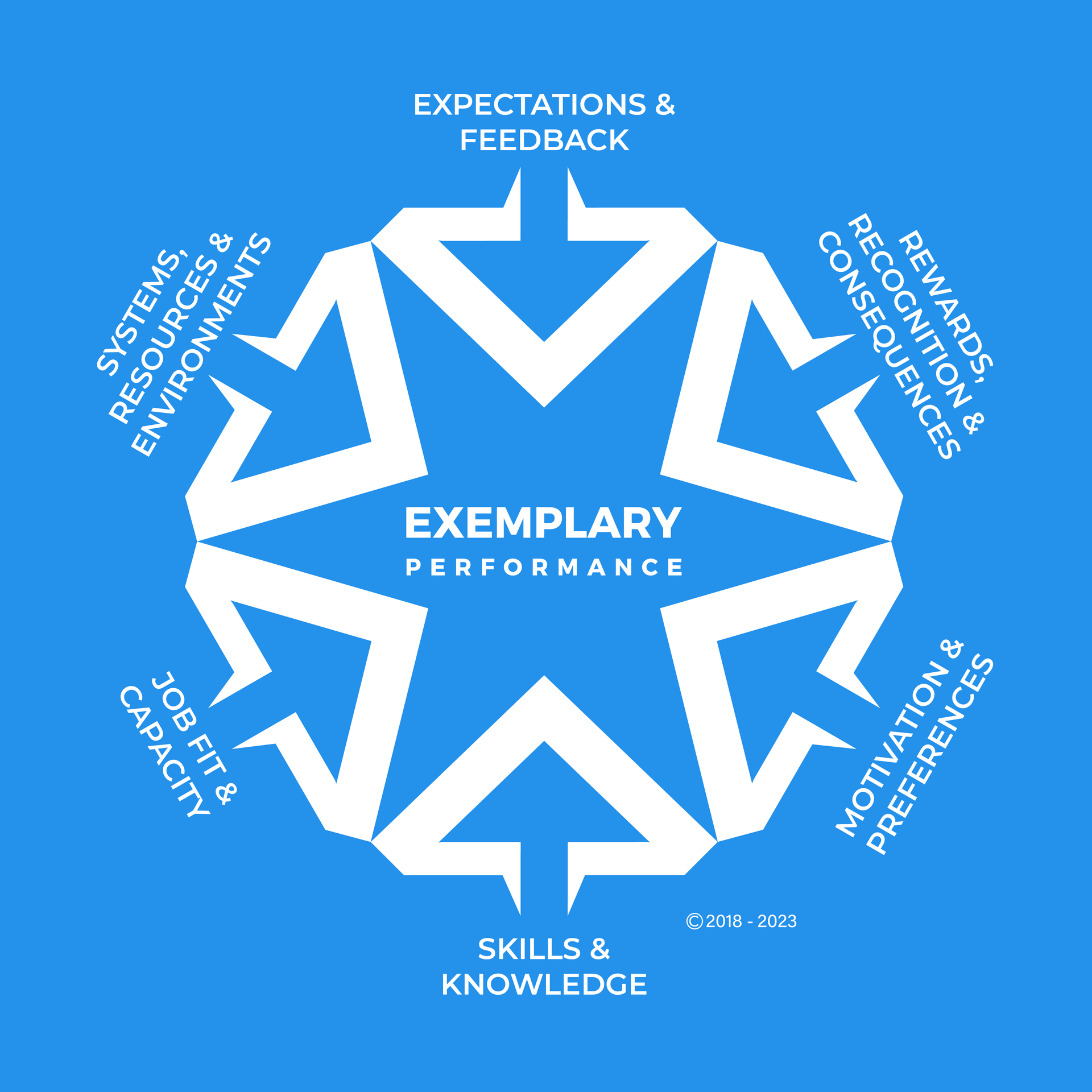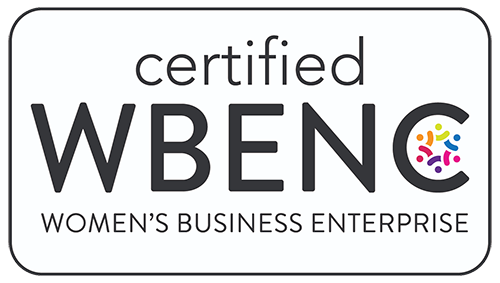Roadmap to Impact: Turning Insights into Action
“‘If you put a good performer in a bad system, the system will win almost every time.”
– Geary Rummler
Once we’ve identified the secrets behind your top performers and captured them in the Role Excellence Profile (REP), we create a customized Roadmap to Impact to ensure those insights are fully embedded into your organization. This phase is where strategy turns into measurable results, addressing critical levers that must be optimized to achieve exemplary performance.
Each organization’s roadmap is uniquely tailored based on our findings, your leadership engagement, and current assets. Together, we ensure the following six levers are optimally aligned to create a high-performance system that delivers lasting impact:

1. Capacity and Job Fit
Success starts with ensuring the right people are in the right roles. Candidates must not only possess the capabilities to perform at a high level but also demonstrate potential to sustain excellence 12 months into the role. We help clients move beyond behaviors and competencies to defining the job accomplishments that must be produced to drive business results.
2. Motivation and Preferences
High performance is fueled by more than skills—it requires alignment with individual motivations. As a Value-Added Associate of TTI Success Insights, we help identify candidates who are not only capable but energized by the work required.
3. Skills and Knowledge
Ever receive feedback that your onboarding is a waste of time? Onboarding and on-going training must reflect the practices of your top performers. We design role-specific curricula for new hires and incumbents to close skill gaps and build expertise aligned with what works best in your organization.
4. Expectations and Feedback
The manager is key. Gallup reports that while 86% of Managers believe they “coach” their employees, only 14% strongly agree that they received coaching and performance reviews that inspired them. Clear expectations, coaching, and feedback are critical for success. We help create systems for regular 1:1 coaching and tailored action plans to drive accountability and continuous improvement to equip your team members to perform at the new standard.
5. Rewards, Recognition and Consequences
Incentives must align with business results, not just activities. Our roadmap helps you refine your systems to reward behaviors that produce meaningful outcomes.
6. Environments, Systems and Resources
From tools and templates to internal networks and culture, high performers thrive in environments that enable success and have often created performance “hacks” that streamline their success. We work with you to design performance support systems and job aids that decrease time to competence and elevate results across the board.

